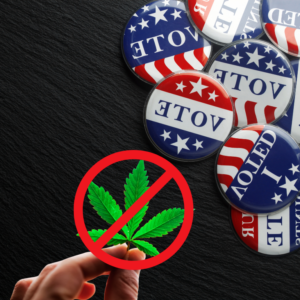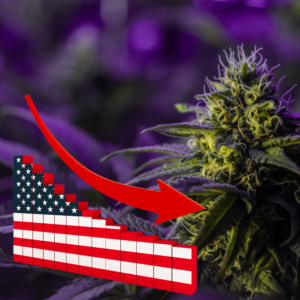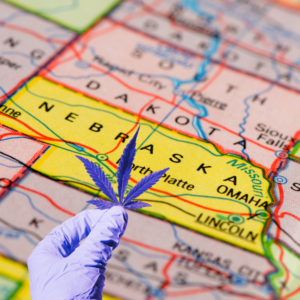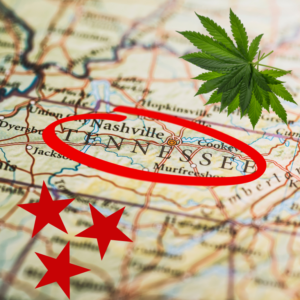North and South Dakota Voters Reject Cannabis Legalization
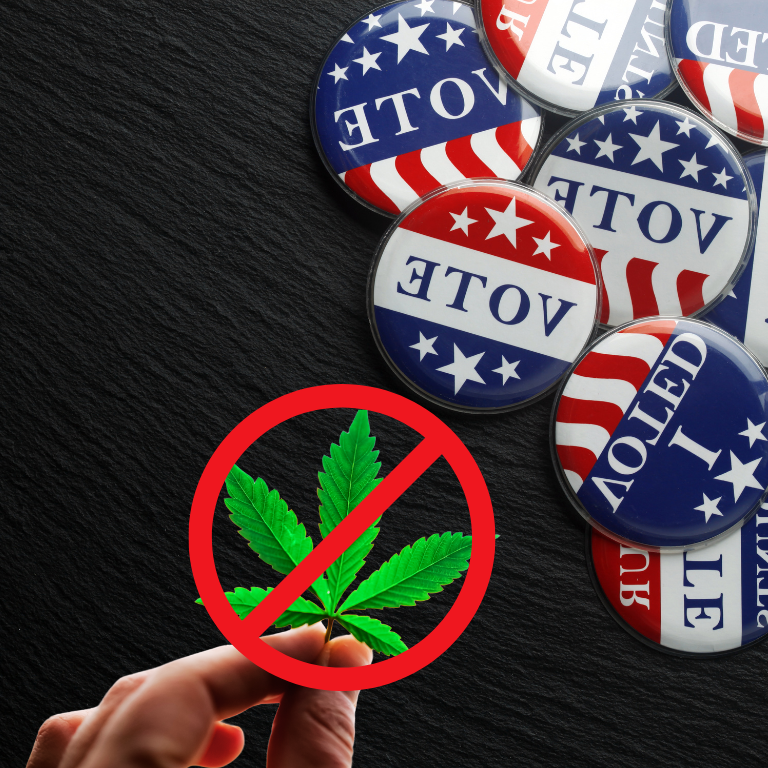
North Dakota and South Dakota Voters Reject Recreational Cannabis Legalization Initiatives
In the latest push for cannabis reform, voters in North Dakota and South Dakota have chosen to reject ballot measures that would have legalized recreational marijuana use for adults. Despite strong advocacy efforts, the initiatives failed to gather enough support in these two largely conservative, rural states.
Election Results and Voter Sentiment
With nearly all ballots counted, North Dakota’s Initiated Measure 5 saw support from less than 48% of voters. Similarly, South Dakota’s Initiated Measure 29 received just 42% of the vote, with three-quarters of ballots tallied. This outcome demonstrates a clear divide in the states’ acceptance of medical versus recreational cannabis, as both states have previously shown strong support for medical marijuana but remain hesitant about full legalization.
South Dakota’s Marijuana Legalization Journey
South Dakota has a complex history with marijuana legislation. In 2020, voters approved two ballot measures that aimed to legalize both medical and recreational marijuana. Medical cannabis passed with overwhelming support—nearly 70% of the vote—while recreational legalization passed with a narrower margin of 54%. However, South Dakota Governor Kristi Noem, a Republican, led a successful court challenge to the recreational initiative, nullifying it despite the popular vote. Reformers attempted again in 2022 but were met with a 53% opposition vote against recreational legalization.
Measure 29, this year’s ballot initiative, was South Dakotans’ third opportunity to legalize recreational marijuana. The measure proposed allowing adults 21 and older to possess up to two ounces of cannabis, grow up to six plants at home, and share cannabis without commercial transaction. Unlike the 2020 measure, Measure 29 did not include provisions for commercial production or retail sales, focusing solely on personal possession and home cultivation.
However, despite a well-funded campaign, polls showed low enthusiasm for the measure among likely voters. In a survey conducted last May, only 42% of respondents supported the initiative, with 52% opposed and the remainder undecided. A more recent poll last month showed only a slight shift, with 45% in favor, 50% opposed, and 5% still undecided. Ultimately, Measure 29’s backers could not overcome the lack of broad support.
North Dakota’s Push for Recreational Cannabis
North Dakota’s approach to recreational marijuana legalization has also seen resistance over the years. Although the state approved medical marijuana by a significant margin in 2016, recreational cannabis measures have consistently failed to gain traction. Voters rejected a recreational initiative in both 2018 and 2022, and this year’s attempt, Initiated Measure 5, faced a similar fate.
Measure 5 proposed allowing adults to possess up to an ounce of cannabis and cultivate up to three plants for personal use. The measure also outlined a framework for commercial production and sales through state-licensed businesses. Advocates in North Dakota had a significant financial advantage, with Ballotpedia reporting no opposition spending as of September, while proponents invested in outreach and education efforts to rally support.
Polling conducted in September showed a promising start, with 45% of likely voters in favor, 40% opposed, and a substantial 15% undecided. However, as the election approached, undecided voters appeared to lean against the measure, leading to its ultimate rejection.
Political and Demographic Landscape of North and South Dakota
Both North and South Dakota are deeply conservative states, with registered Republicans outnumbering Democrats by more than 2 to 1 in South Dakota. The GOP has held a trifecta in both states since 1995, maintaining control of the governorship and both legislative chambers. This political composition has contributed to a more cautious stance on recreational cannabis, even as support for medical marijuana remains strong.
South Dakota’s Republican-leaning voter base, alongside a political culture wary of broad legalization measures, has presented significant obstacles for recreational cannabis advocates. Many conservative voters are open to the medical benefits of cannabis but remain skeptical about recreational use, likely due to concerns over social impact and regulatory challenges. North Dakota reflects a similar demographic and political landscape, making it challenging for recreational cannabis measures to gain majority support.
Funding and Campaign Efforts
The legalization campaigns in both states received substantial funding, especially in North Dakota, where proponents of Measure 5 had a significant financial advantage with no reported opposition spending. South Dakota’s Measure 29 campaign also outspent opponents, yet financial resources and outreach efforts failed to overcome persistent public concerns.
Advocacy groups focused on educating voters about the personal and economic benefits of legalization, but support for recreational cannabis remained limited. Campaigns in both states invested heavily in public messaging, yet polling data indicated that voter sentiment on this issue had not shifted significantly over the past few years.
Lessons and Future Implications
The repeated rejection of recreational marijuana initiatives in both Dakotas highlights the challenge of pushing cannabis reform in conservative regions. Advocates may need to consider alternative approaches to winning over skeptical voters. Public opinion could shift as national attitudes toward cannabis continue to evolve, but change may be gradual in states with deeply rooted conservative values.
For South Dakota, future initiatives may face even greater scrutiny and require tailored strategies that address specific concerns of the local electorate. Campaigns could potentially focus more on economic benefits, such as potential tax revenue and job creation, or explore limited legalization models that gradually introduce recreational cannabis with controlled access points.
In North Dakota, advocates might take a similar approach, emphasizing the state’s existing medical program to build public trust and support incremental reforms. Alternatively, advocates in both states may focus on influencing legislative changes rather than relying on ballot measures, which are subject to political pushback and legal challenges.
The rejection of recreational marijuana initiatives in North Dakota and South Dakota underscores the difficulty of advancing cannabis reform in conservative states. Despite significant campaign funding and previous voter support for medical cannabis, both measures failed to secure enough backing for full legalization.
As the national landscape around cannabis continues to evolve, advocates in the Dakotas may need to adapt their strategies, focusing on incremental reforms and tailored messaging to address the unique concerns of their states. For now, medical cannabis remains the only legalized form of cannabis use in North Dakota and South Dakota, as recreational legalization faces a challenging path forward in these conservative regions.







